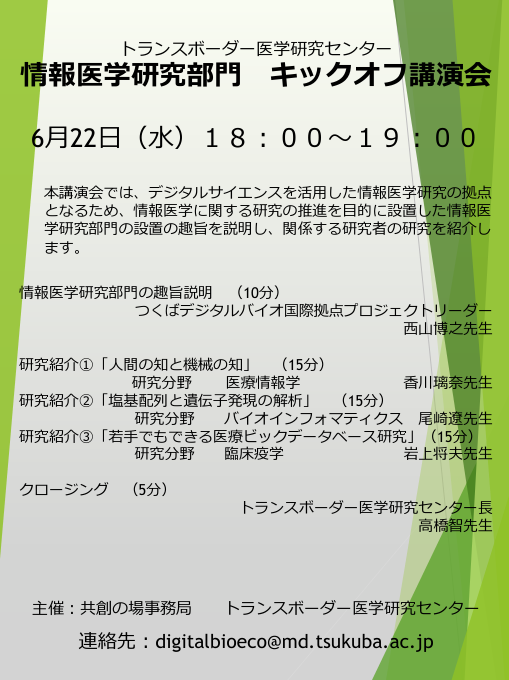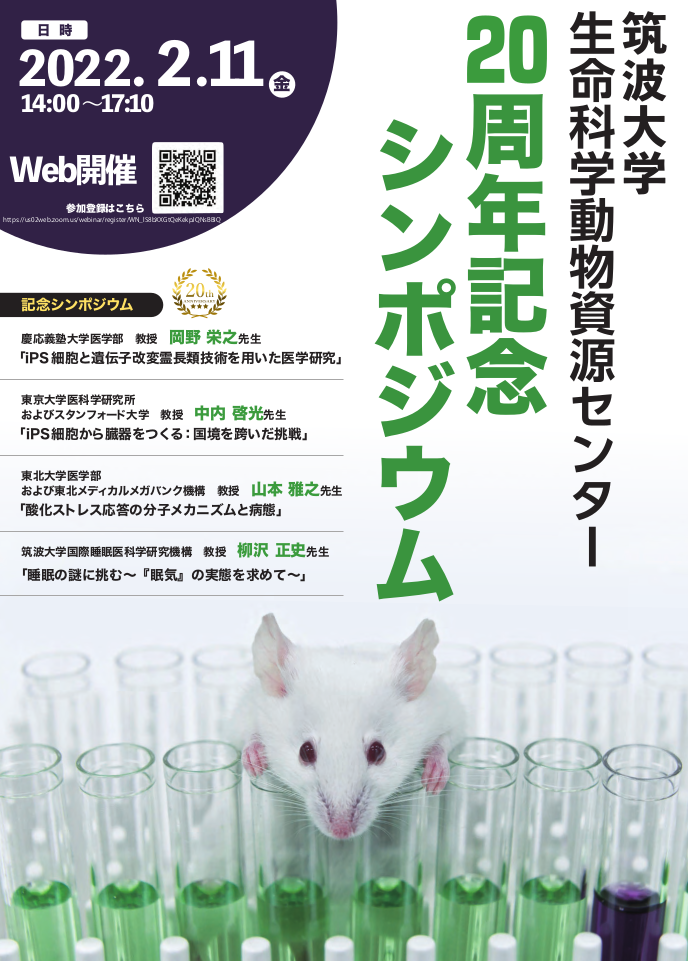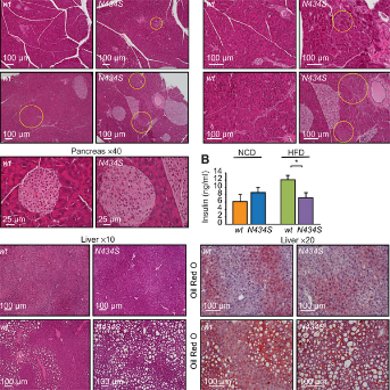Digital Medicine Strategy Division - Kickoff Seminar
*** EVENT COMPLETED ***
June 22, 2022
Transborder Medical Research Center
Digital Medicine Strategy Division
→
*** EVENT COMPLETED ***
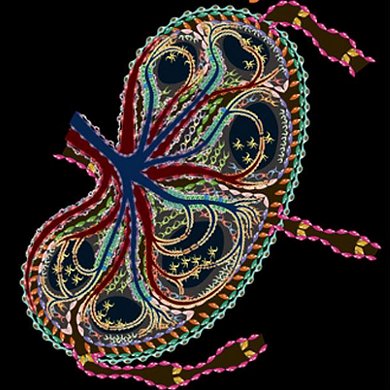
→
Nature Cell Biology Published: March 24, 2022
DOI 10.1038/s41556-022-00866-3
→ Research Outline (PDF In Japanese language)
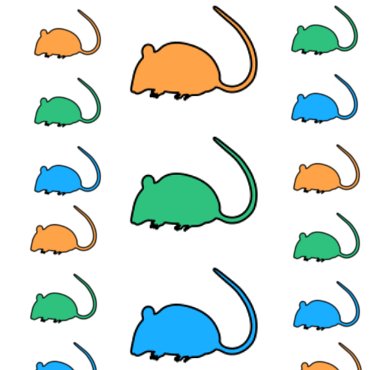
Here, we developed a genotyping method with an on-target site analysis software named Determine Allele mutations and Judge Intended genotype by Nanopore sequencer (DAJIN) that can automatically identify and classify both intended and unintended diverse mutations, including point mutations, deletions, inversions, and cis double knock-in at single-nucleotide resolution. Our approach with DAJIN can handle approximately 100 samples under different editing conditions in a single run. With its high versatility, scalability, and convenience, DAJIN-assisted multiplex genotyping may become a new standard for validating genome editing outcomes.
→
PLOS Biology Published: January 18, 2022
DOI 10.1371/journal.pbio.3001507
→ Research Outline (PDF In Japanese language)
REGISTRATION CLOSED *** EVENT COMPLETED ***
→ REGISTRATION CLOSED *** EVENT COMPLETED ***
→
Symposium Program
(Please Note: Symposium will be presented in Japanese language only)
Moderator: TMRC Professor Fumihiro Sugiyama
14:00-14:05
Greetings from the President of University of Tsukuba
President Kyosuke Nagata
14:05-14:10 Guest congratulations
Director, University Research Infrastructure Development Division, Ministry of Education, Culture, Sports, Science and Technology
Mr. Ichiro Kuronuma
14:10-14:30
Outline explanation of Laboratory Animal Resource Center / TMRC, University of Tsukuba
TMRC Chief Satoshi Takahashi
Commemorative Symposium
Chair: Satoshi Takahashi
14:30-15:10
Institute of Medical Science, University of Tokyo and his Stanford University
Professor Hiromitsu Nakauchi
“Creating organs from iPS cells: a cross-border challenge”
15:10-15:50
Keio University School of Medicine
Professor Hideyuki Okano
“Medical research using iPS cells and genetically modified primate technology”
15:50-16:30
Tohoku University School of Medicine and Tohoku Medical Megabank Organization
Professor Masayuki Yamamoto
“Molecular mechanism and pathophysiology of oxidative stress response”
16:30-17:10
University of Tsukuba International Institute for Integrative Sleep Medicine
Professor Masashi Yanagisawa
“Challenge the mystery of sleep -in search of the substance of ‘sleepiness’- “
Closing remarks
TMRC Professor Fumihiro Sugiyama
Professor Yamazaki of TMRC selected for 18th Japan Society for the Promotion of Science Award (2021)
Professor Satoshi Yamazaki of TMRC’s Stem Cell Therapy Laboratory was selected to received the “18th Japan Society for the Promotion of Science Award 2021” from JSPS. The award recognised his research work in “Development of Hematopoietic Stem Cell Ex Vivo Expansion”.
→ For more details about the JSPS award, please see the Japan Society for the Promotion of Science web page (external website).
 Each year, “The Japan Society for the Promotion of Science Award” is presented to high achieving researchers, as encouragement and recognition of their outstanding research creativity and ability at early stages in their careers. Award winners are recognised for their high potential to become Japan’s future leaders, working at the world’s highest levels of academic research and discovery.
Each year, “The Japan Society for the Promotion of Science Award” is presented to high achieving researchers, as encouragement and recognition of their outstanding research creativity and ability at early stages in their careers. Award winners are recognised for their high potential to become Japan’s future leaders, working at the world’s highest levels of academic research and discovery.
→ The 18th (2021) Japan Society for the Promotion of Science Award winners and reasons for the award (PDF Download - External JSPS Homepage in Japanese language only)
→ See more about TMRC's Stem Cell Therapy Laboratory, led by Professor Yamazaki.
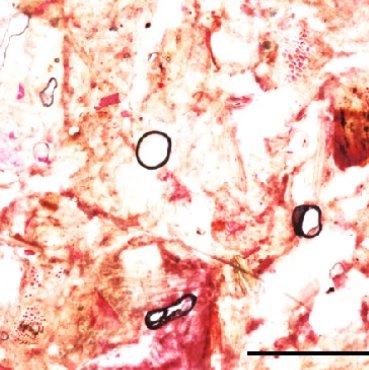
HCD-fed B6 albino exhibited high NASH susceptibility compared to B6 black, a phenotype not previously reported. Liver injury occurred in approximately 50% of B6 albino from one post HCD feeding, with elevated serum alanine aminotransferase and aspartate aminotransferase levels. NASH was induced following 2 weeks in severe-phenotypic B6 albino (sB6), but B6 black exhibited no symptoms, even after 10 weeks. HCD-fed sB6 albino showed significantly higher mortality rate. Histological analysis of the liver revealed significant inflammatory cell and lipid infiltration and severe fibrosis. Serum lipoprotein analysis revealed significantly higher chylomicron and very low-density lipoprotein levels in sB6 albino. Moreover, significantly higher small intestinal lipid absorption and lower fecal lipid excretion occurred together with elevated intestinal NPC1L1 expression. As the tyrosinase point mutation represents the only genetic difference between B6 albino and B6 black, our work will facilitate the identification of susceptible genetic factors for NASH development and expand the understanding of NASH pathophysiology.
→
Scientific Reports volume 11, Article number: 21827 (2021)
DOI 10.1038/s42003-021-02334-4
→ Research Outline (PDF In Japanese language)
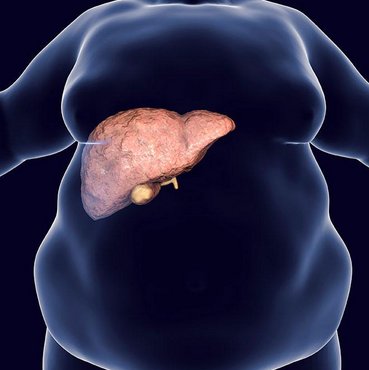
→
Nature Communications 12, Article number: 6315 (2021)
DOI 10.1038/s41467-021-26638-5
→ Research Outline (PDF In Japanese language)
A common genetic variant of a mitochondrial RNA processing enzyme predisposes to insulin resistance
The findings revealed that the MRPP3 variant may be a predisposing factor to insulin resistance and metabolic disease in the human population.
→
doi/10.1126/sciadv.abi7514

→
Communications Biology volume 4, Article number: 787 (2021)
DOI 10.1038/s42003-021-02334-4
Nuclear factor E2-related factor 2 (NRF2) deficiency accelerates fast fibre type transition in soleus muscle during space flight.
→ Research Outline (PDF In Japanese language)
(Note: Text has been auto translated from Japanese language.)
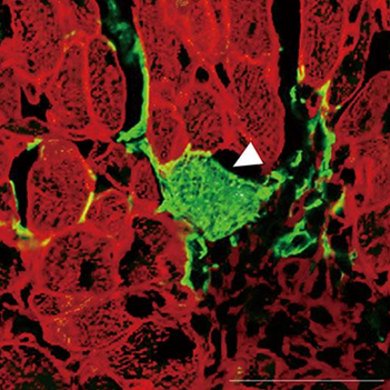
To date, this research group has developed a "myocardial direct reprogramming method" that induces cardiomyocytes directly from cardiac fibroblasts without using stem cells. This is another method that can help solve these issues. However, the myocardial cells produced by introducing a myocardial reprogramming gene into cardiac fibroblasts in vivo are truly induced regenerated myocardial cells derived from cardiac fibroblasts, or cardiac fibroblasts and surrounding myocardial cells.
It was unclear whether it was a myocardial cell that was being regenerated and formed by fusing. Therefore, in this study, we have shown that the new cardiomyocytes produced in vivo using genetically modified mice, are the genealogy and fusion of cells that are true regenerated cardiomyocytes derived from cardiac fibroblasts. This is the first time this has been revealed.
In this study, it was found that cardiomyocytes can be directly induced from cardiac fibroblasts by introducing a myocardial reprogramming gene into a mouse body. The results of this study greatly advance the realization of new cardiac regenerative medicine for heart disease.
→
Overexpression of Gata4, Mef2c, and Tbx5 Generates Induced Cardiomyocytes Via Direct Reprogramming and Rare Fusion in the Heart
→ Research Outline (PDF In Japanese language)
